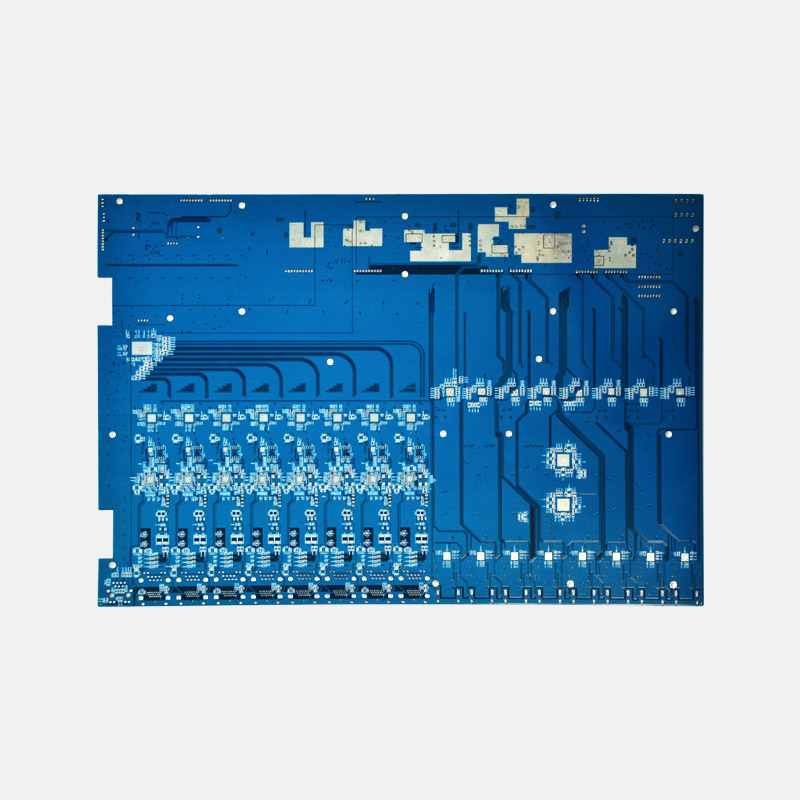Unveiling the Versatility of FR-4 PCBs: Your Essential Guide
FR-4 PCBs, also known as flame retardant 4 printed circuit boards, are widely used in the electronics industry due to their versatility and reliability. In this guide, we will delve into the various aspects of FR-4 PCBs, including their composition, manufacturing process, applications, advantages, and considerations. Whether you are a novice or an experienced professional, this essential guide will provide you with a comprehensive understanding of FR-4 PCBs.
Understanding FR-4 PCBs
FR-4 PCBs are composed of a substrate material made of woven fiberglass cloth impregnated with an epoxy resin. The substrate material is then laminated with copper foil on one or both sides to form a conductive layer. These layers are interconnected using a complex network of copper traces and vias, allowing for the transmission of electrical signals between components.
The Manufacturing Process
The manufacturing process of FR-4 PCBs involves several stages. Firstly, the substrate material is prepared by impregnating the fiberglass cloth with epoxy resin. Next, the copper foil is laminated onto the substrate, and a photosensitive layer called a solder mask is applied to protect the copper traces. The PCB is then etched to remove excess copper and create the desired circuit pattern. Finally, the PCB is drilled to create holes for component mounting and plated to ensure reliable electrical connections.
Applications of FR-4 PCBs
FR-4 PCBs are widely used in various electronic devices and industries. They are commonly found in consumer electronics such as smartphones, laptops, and televisions. Additionally, they are extensively used in automotive electronics, aerospace systems, medical equipment, and industrial machinery. The versatility of FR-4 PCBs allows them to accommodate a wide range of electronic components and support complex circuit designs.

Advantages of FR-4 PCBs
FR-4 PCBs offer numerous advantages that make them the preferred choice for many applications. Firstly, their excellent thermal stability and flame retardant properties ensure reliable performance even in demanding environments. They also exhibit high mechanical strength, making them resistant to impact and vibration. Furthermore, FR-4 PCBs have good electrical insulation properties and can withstand high voltages, ensuring safety in electronic systems.
Considerations for Design and Manufacturing
When designing and manufacturing FR-4 PCBs, several considerations should be taken into account. Adequate trace width and spacing must be ensured to prevent signal interference and crosstalk. The choice of copper thickness and surface finish affects the reliability and solderability of the PCB. Designers should also consider the placement of components to optimize signal integrity and thermal management. Additionally, strict quality control measures should be implemented during manufacturing to ensure the production of high-quality FR-4 PCBs.
Conclusion
In conclusion, FR-4 PCBs are versatile and reliable circuit boards that find applications in various electronic devices and industries. Their composition, manufacturing process, and advantages make them an ideal choice for many applications. However, careful consideration should be given to design and manufacturing aspects to optimize performance and reliability. By understanding the versatility of FR-4 PCBs, you can make informed decisions when selecting and utilizing these essential components in your electronic systems.
Send PCB Files to Sales@ucreatepcba.com, We Will Quote You Very Soon!
Request PCB Manufacturing & Assemble Quote Now



